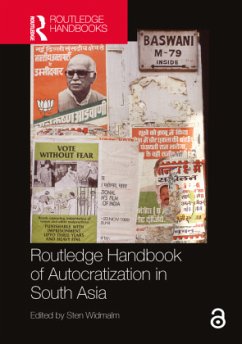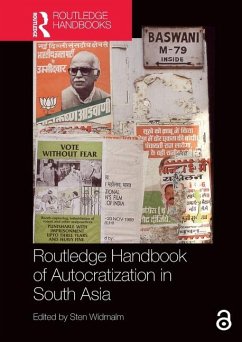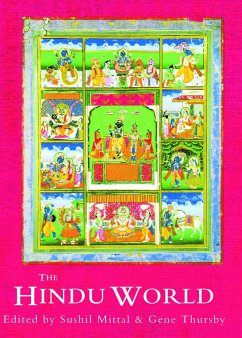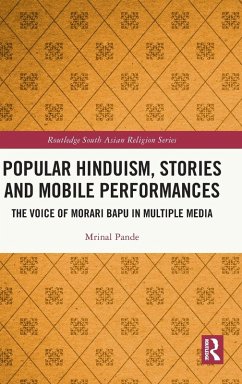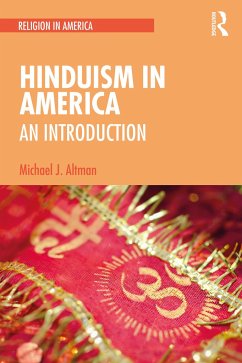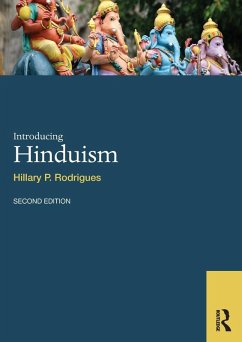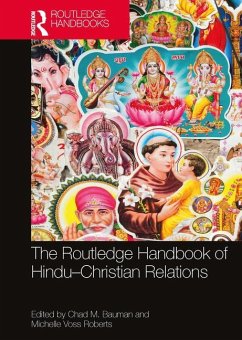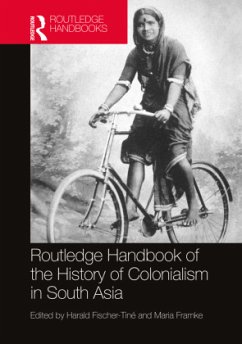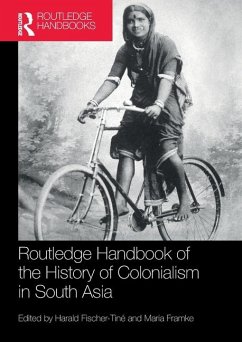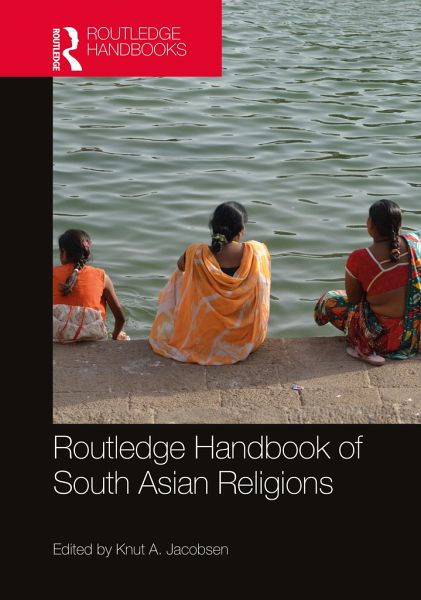
Routledge Handbook of South Asian Religions
Versandkostenfrei!
Versandfertig in 6-10 Tagen
49,99 €
inkl. MwSt.

PAYBACK Punkte
25 °P sammeln!
The Routledge Handbook of South Asian Religions presents critical research, overviews, and case studies on religion in historical South Asia, in the seven nation states of contemporary South Asia: India, Pakistan, Bangladesh, Nepal, Bhutan, Sri Lanka, and the Maldives, and in the South Asian diaspora.Chapters by an international set of experts analyse formative developments, roots, changes and transformations, religious practices and ideas, identities, relations, territorialisation, and globalisation in historical and contemporary South Asia. The Handbook is divided into two parts which first ...
The Routledge Handbook of South Asian Religions presents critical research, overviews, and case studies on religion in historical South Asia, in the seven nation states of contemporary South Asia: India, Pakistan, Bangladesh, Nepal, Bhutan, Sri Lanka, and the Maldives, and in the South Asian diaspora.
Chapters by an international set of experts analyse formative developments, roots, changes and transformations, religious practices and ideas, identities, relations, territorialisation, and globalisation in historical and contemporary South Asia. The Handbook is divided into two parts which first analyse historical South Asian religions and their developments and second contemporary South Asia religions that are influenced by both religious pluralism and their close connection to nation states and their ideological power. Contributors argue that religion has been used as a tool for creating nations as well as majorities within those nations in South Asia, despite their enormous diversity, in particular religious diversity. The Handbook explores these diversities and tensions, historical developments, and the present situation across religious traditions by utilising an array of approaches and from the point of view of various academic disciplines.
Drawing together a remarkable collection of leading and emerging scholars, this handbook is an invaluable research tool and will be of interest to researchers and students in the fields of Asian religion, religion in context, and South Asian religions.
Chapters by an international set of experts analyse formative developments, roots, changes and transformations, religious practices and ideas, identities, relations, territorialisation, and globalisation in historical and contemporary South Asia. The Handbook is divided into two parts which first analyse historical South Asian religions and their developments and second contemporary South Asia religions that are influenced by both religious pluralism and their close connection to nation states and their ideological power. Contributors argue that religion has been used as a tool for creating nations as well as majorities within those nations in South Asia, despite their enormous diversity, in particular religious diversity. The Handbook explores these diversities and tensions, historical developments, and the present situation across religious traditions by utilising an array of approaches and from the point of view of various academic disciplines.
Drawing together a remarkable collection of leading and emerging scholars, this handbook is an invaluable research tool and will be of interest to researchers and students in the fields of Asian religion, religion in context, and South Asian religions.





